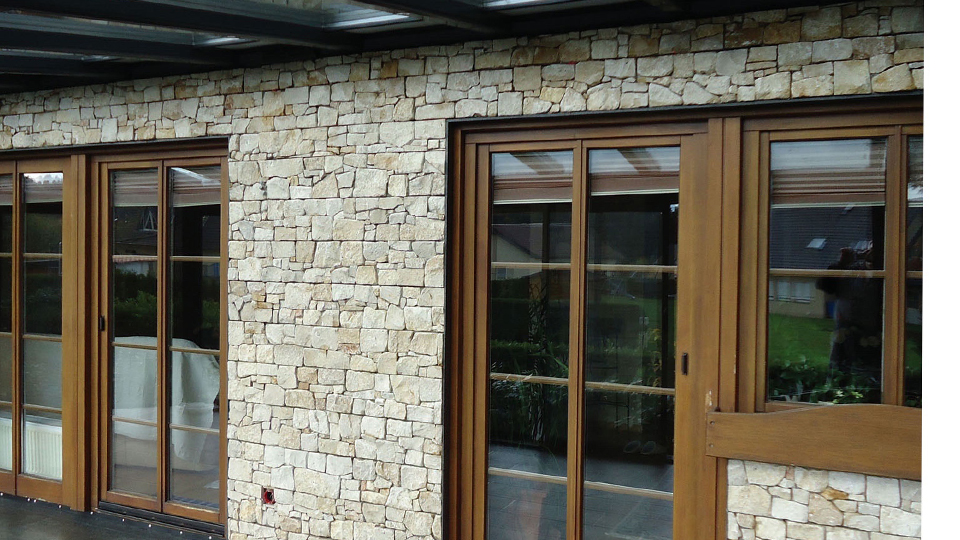

How Big is a Slab of Granite? Unpacking the Dimensions of Natural Stone
Granite, a timeless and durable natural stone, is a favored material for countertops, flooring, wall cladding, and various other architectural and design applications. When embarking on a project utilizing granite, one of the fundamental questions that arises is: how big does a slab of granite actually come? The answer, while seemingly simple, involves a range of standard sizes, variations based on quarrying and processing, and considerations for transportation and application. This technical article will delve into the typical dimensions of granite slabs, the factors influencing their size, and the implications these dimensions have for design and installation.
The Journey from Quarry to Slab: Understanding the Raw Material:
To grasp the dimensions of a finished granite slab, it's essential to understand its origin. Granite is extracted from the earth in quarries as large, irregular blocks. These raw blocks, often the size of a cargo van or even larger, are then transported to processing facilities. Here, massive sawing machines, equipped with diamond-tipped blades, slice these blocks into slabs of varying thicknesses.
The initial cutting process dictates the potential maximum dimensions of the resulting slabs. The size of the raw block and the capabilities of the sawing equipment are the primary limiting factors. Therefore, there isn't one single "standard" size, but rather a range of commonly produced dimensions.

Standard Granite Slab Dimensions:
While variations exist, the granite industry has established certain common or "standard" slab sizes to facilitate transportation, handling, and fabrication. These standard dimensions generally fall within the following ranges:
Length: Typically ranges from 9 to 10 feet (approximately 274 to 305 centimeters). Some suppliers may offer slabs slightly shorter or longer, but this is the most common range encountered.
Width (Height): Generally falls between 5 to 6 feet (approximately 152 to 183 centimeters). Similar to length, slight variations can occur depending on the quarry and processing.
Thickness: The most common thicknesses for granite slabs are ¾ inch (2 centimeters) and 1 ¼ inches (3 centimeters). Thicker slabs (e.g., 2 inches or 5 centimeters) are less common but can be available for specialized applications. Thinner slabs (e.g., ½ inch or 1.2 centimeters) might be used for wall cladding or other non-load-bearing applications and often require reinforcement for countertops.
Therefore, a typical granite slab can be thought of as a large rectangular piece of stone, roughly 9-10 feet long and 5-6 feet wide, with a thickness of either ¾ inch or 1 ¼ inches.
Variations and Non-Standard Sizes:
It's crucial to recognize that the term "standard" provides a general guideline, and several factors can lead to variations in granite slab sizes:
Quarry Yield: The natural fissures, veins, and variations within a granite deposit can influence the size and shape of the blocks that can be extracted. Fabricators aim to maximize yield from each block, which may result in slabs that deviate slightly from standard dimensions.
Processing Equipment: Different processing facilities may utilize sawing equipment with varying capabilities, leading to minor differences in the maximum achievable slab sizes.
Specific Granite Type: Certain types of granite, due to their geological formation, might naturally yield larger or smaller blocks, influencing the typical slab sizes available.
Market Demand and Regional Variations: Depending on the region and prevailing market demands, suppliers might stock a higher proportion of certain slab sizes.
"Jumbo" or "Oversized" Slabs: Occasionally, larger blocks of granite are extracted that can be processed into what are known as "jumbo" or "oversized" slabs. These can exceed the standard dimensions, reaching lengths of up to 12 feet (approximately 366 centimeters) or even slightly more, and widths of up to 7 feet (approximately 213 centimeters). However, these larger slabs are less common and often come with a premium price due to their rarity and the challenges associated with transportation and handling.
Implications of Slab Size for Design and Installation:
The size of a granite slab has significant implications for design and installation, particularly for countertops and large surface areas:
Seam Placement: One of the primary considerations when designing with granite slabs is the potential need for seams. If a countertop or surface area is longer than the available slab length, multiple pieces will need to be joined, resulting in visible seams. Careful planning and skilled fabrication are essential to minimize the appearance of these seams. Larger slabs offer the advantage of potentially creating seamless or fewer-seamed installations, which are often aesthetically preferred.
Material Yield and Waste: The dimensions of the slabs available will influence the layout and cutting patterns used by fabricators. Optimizing the use of each slab to minimize waste is crucial for cost-effectiveness. Projects with long, narrow countertop runs might be more efficiently fabricated from longer slabs, while smaller, more intricate designs might be better suited to smaller pieces.
Transportation and Handling: Granite is a heavy material, with thicker slabs weighing significantly more per square foot. The size of the slabs directly impacts the ease and cost of transportation from the supplier to the fabrication facility and then to the installation site. Larger slabs require specialized equipment and more manpower to handle safely.
Cost: Generally, larger granite slabs, especially those considered "jumbo" or with unique characteristics, can be more expensive due to their rarity and the challenges associated with their extraction and processing. The cost per square foot can also vary depending on the slab size.
Design Flexibility: Larger slabs offer greater design flexibility for expansive surfaces like kitchen islands or continuous countertops, reducing the visual interruption of seams.
Thickness Considerations:
While this article primarily focuses on the length and width of granite slabs, the thickness also plays a crucial role in their application and structural integrity:

¾ inch (2 cm): Often used for bathroom vanities, backsplashes, or when a thinner profile is desired. For countertops, it typically requires plywood backing for added support.
1 ¼ inches (3 cm): The industry standard for kitchen countertops and other high-traffic areas. This thickness provides sufficient strength and durability without the need for additional support in most cases.
Thicker Slabs (2 inches and above): Used for specialized designs, waterfall edges, or applications requiring exceptional durability. These slabs are significantly heavier and require robust support structures.
Finding the Right Slab for Your Project:
When selecting granite slabs for a project, it's essential to:
Accurately measure the installation area: Determine the required dimensions to estimate the number of slabs needed and identify potential seam locations.
Communicate your needs with your fabricator: Discuss your design requirements and desired aesthetic to find slabs that will best suit your project.
View the actual slabs: Natural stone varies in color and veining from slab to slab. Inspecting the specific slabs that will be used for your project is crucial to ensure they meet your expectations.
Consider slab size in relation to seam placement: Work with your fabricator to plan seam locations strategically for minimal visibility.
Conclusion:
A slab of granite typically measures between 9 to 10 feet in length and 5 to 6 feet in width, with a standard thickness of ¾ inch or 1 ¼ inches. However, variations in these dimensions exist due to quarry yield, processing capabilities, and the specific type of granite. "Jumbo" or oversized slabs can reach larger dimensions but are less common. Understanding these typical sizes and the factors that influence them is crucial for effective design, accurate material estimation, and successful installation of granite in any project. By considering the slab dimensions in relation to the intended application, designers and homeowners can make informed decisions that balance aesthetics, functionality, and cost-effectiveness.
Name: selena
Mobile:8613176910558
Tel:86-13176910558
Whatsapp:8619323167067
Email:409284553@qq.com
Add:Laizhou ,Shandong , Shandong Province, China